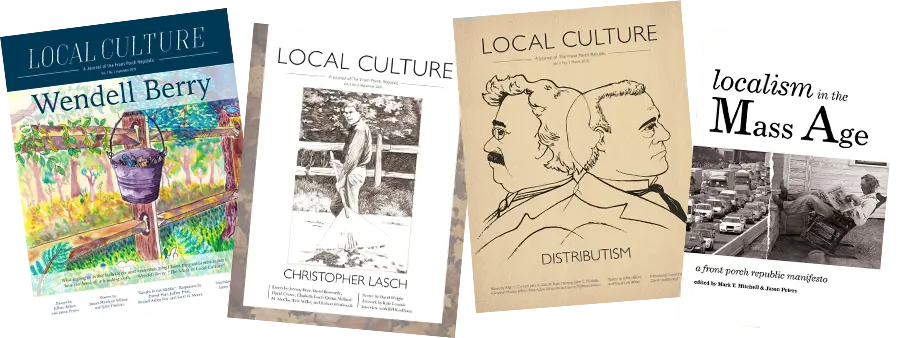Romance is all dead. Miracle Max from The Princess Bride (1987) would tell us to look for loose change in its pockets.
The new flick The Map That Leads to You by Amazon MGM Studios overshadowed all but one other movie when it released on Prime Video, and its predictable plot indicates the sad plight of true romance. A carefree lad captures the heart of a willing but cautious lass, but a tragedy and then misunderstanding separate them. They heroically overcome the obstacle and profess their love.
All the common tropes bombard us as we watch romance movies. Two friends catch feelings (When Harry Met Sally, Leap Year). Love was a game until it was not (How To Lose a Guy in 10 Days, 10 Things I Hate About You). The revelation of a previously hidden identity causes the love interest to reject but then ultimately fall for them (Hitch, She’s the Man).
Sadly, these romances stop short of what their audience wants to imagine and experience: authentic, long-term relationships. Modern life, too, has deluded many women into considering meaningful relationships antiquated, unnecessary, and even oppressive. The Pill birthed freedom from responsibility. The feminist revolution guillotined traditional family roles. The dissolution of the family divorced men and women alike from the dream of a happy, married life. Women became doomed to decades of short flings and one-night stands that promised happiness but left them confusedly alone, hollowly used, and ultimately forgotten.
These days, relationship statistics tell a sad story. In the United States, adolescents are having less sex. Birth rates are declining. Marriages are continuing to fail, particularly with those over the age of 50. We apparently do not know how to form and foster relationships.
Deep down, humans not only want but also require enduring, stable relationships. However, both “enduring” and “stable” appear seldom in the stories our culture tells about romance.
Fixing this problem calls for colossal effort. Many plagues infect our society—inappropriate social media usage, pornography addiction, broken families, and more. Movies, TV shows, and other cultural narratives tend to paint marriage as a shallow caricature of what it can be. Adults bicker over finances and children. They have entirely forgotten to romance their partners every once in a while, and the flame they once had for the tiny joys in life has been snuffed. Cheating then becomes both acceptable and commonplace.
A television ad from many years ago comes to mind as a counter example. The names of the company and their product elude me, but the scene became etched in my adolescent brain. A couple busily put up window fixtures in their house, and the husband, before he screwed a mount into the drywall, bent down from his vantage point on the ladder to place a quick kiss on his wife’s lips. Not a wet, hot and heavy kiss, but an affectionate, loving one. My high school brain alighted: I wanted this scenario for my future life.
Affections like those from the ladder shed light onto the daily growth within a marriage. After the conclusion of the wedding and the return from the honeymoon, couples need to love each other for the other’s sake throughout every minute of every day. Their love started on the wedding day; it should only grow over time, becoming richer and deeper with every passing year as they learn how to love and care for another person over the long haul.
According to the standard Hollywood script, though, romance culminates in marriage rather than beginning here. Yet such stories belie the reality that the real drama comes with life-long commitment rather than a weeks- or months-long pursuit. Viewers crave the substance after the chase, not the beginning of the chase. Marriage itself needs to be alluring.
The comedy Parental Guidance (2012) provides a prime example. The parenting styles of the grandparents and parents clash as they care for the grandchildren. Meanwhile, the dynamics between the couples portray the ups and downs of marriage. When the grandfather makes yet another mistake, all the while supported by his wife, his daughter rebukes her mother: “You always take his side.” To which her mother replies, “And for good reason, because after your kids grow up, your husband is the one who stays.” Stability, fidelity, support, and love for decade after decade—these attributes satisfy the audience in ways volatility, dishonesty, subversion, and lust do not.
What about other potential scenes portraying the joys of marriage long after the wedding? At home, a husband finds his pregnant wife, nauseated and exhausted, on the couch and places aside his own needs to care for her. In the kitchen, a wife splashes her husband with soapy suds, leading to a frenzied battle of the bubbles, delighting their tiny munchkins seated at the dinner table. In the living room, newly retired and newly minted grandparents watch their grandson, with old-style parenting antics that set the child into a fit of giggles.
The chase and the pursuit bring pleasure, but the commitment brings something more sustainable and necessary for human flourishing. Young people need to see this good to appreciate its long-term appeal. Few of their communities provide it now; perhaps the media can fill in the gaps. First, people must want it, and once they do, they can be given the tools to pursue it.
Romance may not be all dead. It may only be mostly dead. Rather than re-presenting the old tropes, the next romance movie can delight them with stories of an enduring embrace.
Image Credit: Vincent Willem van Gogh, “Couple in the Park at Arles – The garden of the poet III” (1888) via Picryl.





